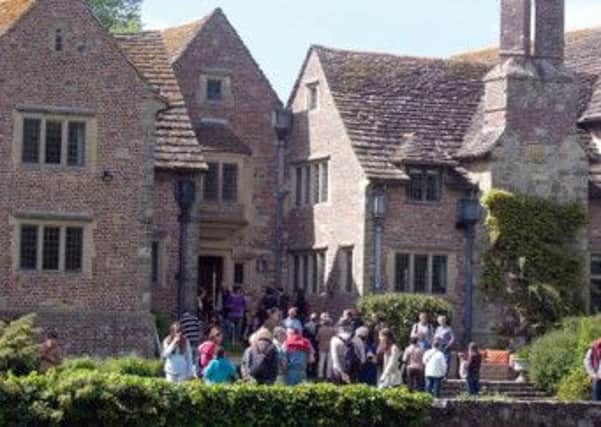Fifty French twin villagers visit Horsted Keynes


The visit included a garden party at Broadhurst Manor on Saturday where guests explored the 16th century fish stews, raised walks and terraces and a newly completed garden.
Paul and Nicole Calkin, who made it their home four years ago, are restoring and conserving the manor and Elizabethan garden.
Advertisement
Hide AdAdvertisement
Hide AdMr Calkin told visitors of the long history of the estate including the rare siege door fortifications in the main house and the buried treasure that farm labourers discovered in 1929.
The two communities have been formally twinned by charter since 1971, and annual exchange visits have taken place ever since.
Paul Fairbairn, chairman of the Horsted Cahagnes Society, said: “We always enjoy hosting our French friends.”
He added that visitors had the chance to enjoy the ‘fascinating history of the High Weald in and around Horsted Keynes, and of course the very best food and drink that Sussex has to offer’.
Advertisement
Hide AdAdvertisement
Hide AdThe group made a steam-hauled journey on the Bluebell, the heritage railway that has its carriage and wagon works at Horsted Keynes Station.
Other highlights included a lunch from A Taste of Sussex at the Ashdown Park Hotel, with a bill of fare devised by chef Andrew Wilson using local seasonal produce and adapting traditional Sussex recipes for a celebration meal.
A Roving Supper saw more than 100 diners tour the village to sample dishes prepared by local cooks, followed by tasting of organic cheese made in Horsted Keynes at the High Weald Dairy along with real ale and live music at the Green Man pub.
Horsted Keynes and Cahagnes share a joint history dating back to the Norman Conquest of 1066, when King William gave the High Weald parish to Guillaume de Cahaignes, a knight who’d fought with him at Hastings.
Horstede, or The Place of Horses in Saxon, became Horstede de Cahaignes and in time Horsted Keynes.
The place name is first recorded in the Domesday book of 1086.